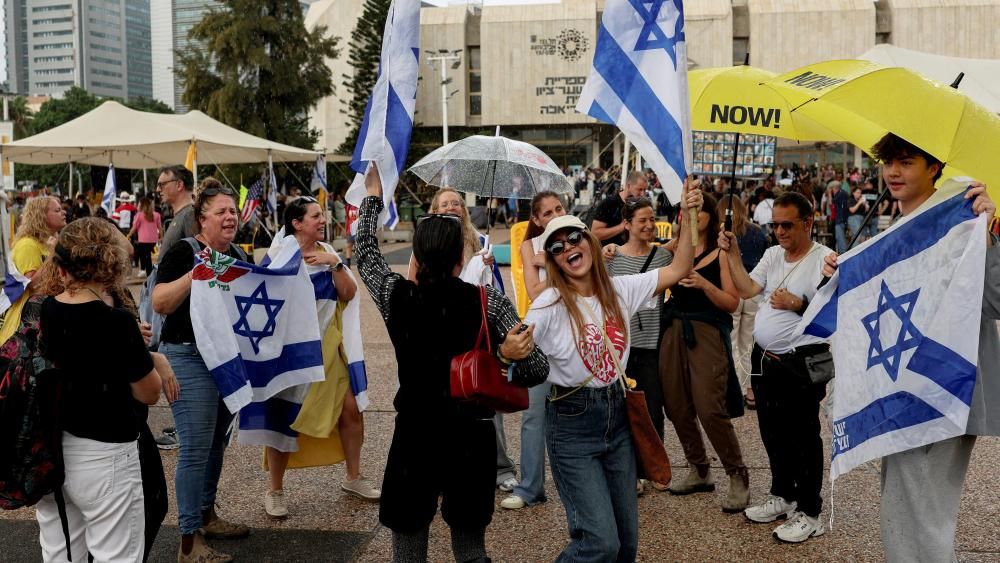President Donald Trump announced plans to visit the Middle East as a 72-hour ceasefire between Israel and Palestinian territories took effect under his proposed Gaza peace initiative.
The temporary halt in hostilities is designed to allow an exchange of Israeli hostages for Palestinian detainees, marking the first phase of Trump’s broader diplomatic framework for long-term regional peace.
The agreement, which began earlier this week, aims to de-escalate tensions that have persisted for months. Under its terms, Hamas will release several Israeli hostages while Israel will free a designated number of Palestinian prisoners. Both sides have confirmed the start of preparations for the exchange.
Families of Israeli hostages welcomed the U.S. role in facilitating the ceasefire, expressing cautious hope that their relatives will return home safely. Trump’s upcoming visit is expected to include meetings with Israeli and Palestinian leaders to reinforce commitments to the peace proposal and encourage compliance with the agreement.
Foreign policy experts noted that the 72-hour window will test the strength of the new agreement. Former Secretary of State Condoleezza Rice described international cooperation as essential to the process, while former Secretary of State Hillary Clinton underscored the need for continued diplomacy to ensure lasting results.
Humanitarian organizations are using the ceasefire period to deliver aid to affected communities in Gaza. Local residents have expressed relief over the pause in fighting, though many remain uncertain about the long-term prospects for peace.
As Trump prepares for his visit, global attention remains fixed on the developments in the region. The outcome of the ceasefire and the success of the prisoner exchange are expected to shape the next phase of diplomatic efforts toward a lasting resolution.

